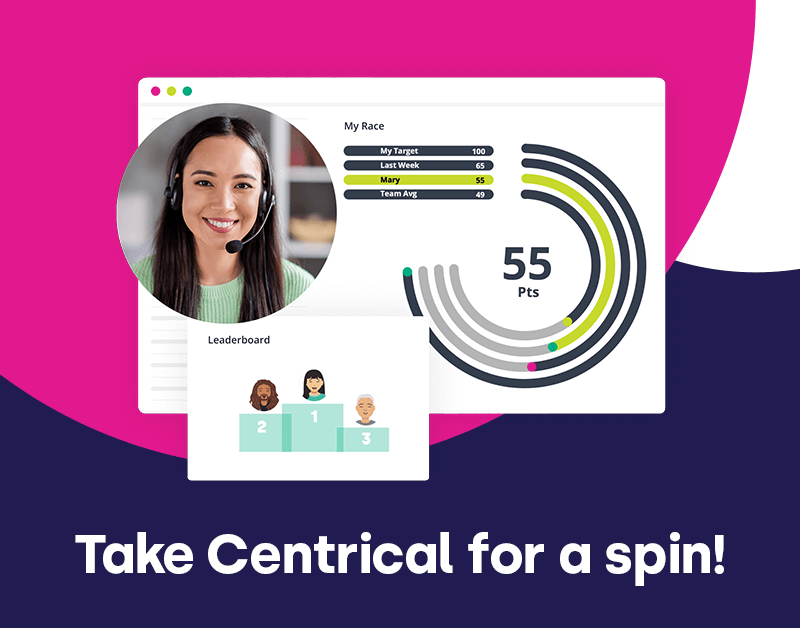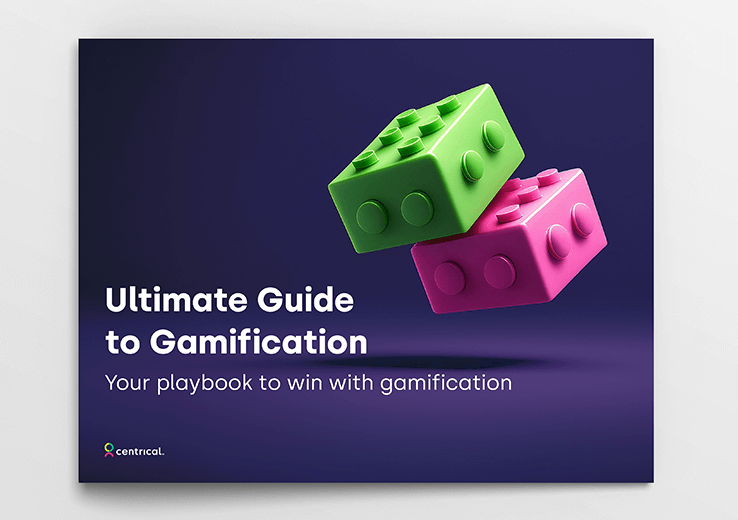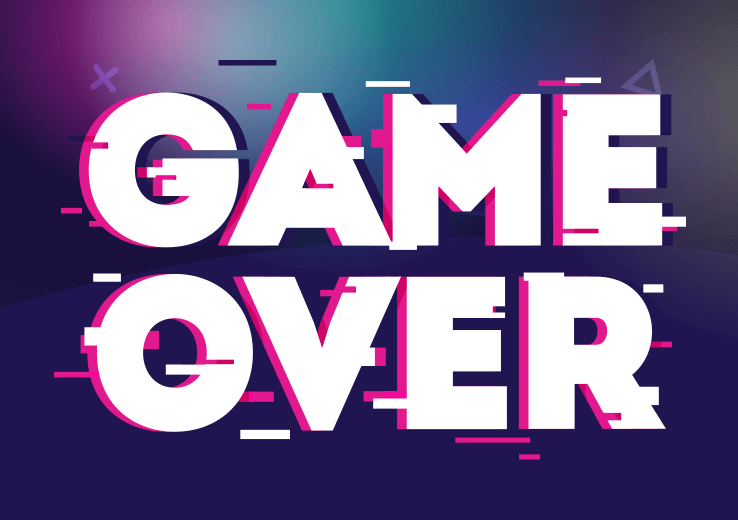Companies across industries are increasingly adopting gamification for training, including for new employee onboarding, compliance training, and cross-skilling and upskilling for veteran employees. While training can be mundane and unengaging, taking a gamified approach delivers a motivating, personal, and guided experience while helping to reinforce the employee’s new knowledge. In this article, we cover some basic information about what gamification for training is, some real-life examples, and why it works.
What is the Definition of Gamification in Training?
Gamification in training is the application of game-like elements (such as leaderboards, points, levels, challenges, and rewards) in a learning context – in this case, education or professional development. Taking a gamified approach drives motivation and increases engagement by making learning more interactive and enjoyable.
What are the Benefits of using Gamification for Training Employees?
Gamification in training delivers a host of benefits, including the items below:
- Increased Engagement: Gamification as part of training makes learning more interactive and fun, keeping employees more involved.
- Improved Knowledge Retention: Interactive elements and periodic reinforcement help employees retain and apply their new knowledge.
- Instant Feedback: Gamified learning missions will often provide immediate feedback, aiding quicker learning and improvement.
- Accelerated Time to Proficiency: A gamified, guided onboarding anf training experience helps new hires gain needed skills faster than they might otherwise.
- Motivation Boost: Elements such as rewards and achievements motivate employees to participate in challenges and excel.
- Encourages Collaboration: Gamified training builds camaraderie and improves communication among employees. Social knowledge sharing is one good example of this.
- Progress Tracking: Gamified systems can easily track and show progress, helping identify learning gaps and giving employees a sense of achievement.
- Builds a Strong, Retained Frontline The better engaged in learning and development the frontline team, the better the customer experience. Additionally, confident and knowledgeable employees are much likely to stay with their company.
How to Use Gamification for Employee Training
Gamification in employee training enhances workplace learning and development. Here are a few pointers to effectively leverage a gamified approach:
- Clearly defining your training objectives, such as improving skills or boosting knowledge retention.
- Understand your employees’ learning preferences so your team can tailor a gamification strategy that resonates with them.
- Go beyond the basic leaderboard, incorporating advanced gamification elements, including an ongoing narrative, points, badges, and segmented leaderboards, and align them with your training goals.
- Rewarding and recognizing employees, and acknowledging their progress, should be part of your gamification for training strategy.
- Ensure that the gamified training is easily accessible to all employees, regardless of their location or device.
- Regular feedback collection and iteration are vital for refining your gamification approach. Lastly, measuring the impact of gamified training through relevant metrics will help assess its effectiveness and ROI in employee skill development.

Examples of Companies Using Gamification for Training Their Employees
Companies across industries use gamification for training their employees. Some notable examples include:
- McDonald’s uses gamified e-learning for training staff in customer service and kitchen procedures.
- Deloitte implements gamification in its leadership training programs to increase engagement and completion rates.
- Google uses gamification for various internal training programs, often incorporating it into coding and development education.
- Walmart employs virtual reality gamification for training employees in customer service and management skills.
- Cisco integrates gamification in its sales training, helping employees understand complex product portfolios.
- Microsoft utilizes gamification for employee learning and development, particularly in technology and software training.
- Nike uses gamified apps for training retail employees about their products and customer engagement strategies.
Why Gamification in Training Works
Gamification in training works because it taps into intrinsic and extrinsic motivators that drive basic human instincts of competition, achievement, and the joy of reward. For instance, when employees earn badges for completing tasks or mastering new skills, they receive not just a virtual pat on the back but also a tangible recognition of their efforts, visible to peers and superiors alike.
Meet Centrical
Centrical’s gamification platform offers a novel approach to employee training and development. By leveraging advanced gamification, the Centrical platform engages employees in a way that traditional methods may not, and offers AI-powered microlearning to reinforce that new knowledge. The platform drives performance by setting clear goals and providing real-time performance insights and augmented coaching, all while fostering a competitive yet collaborative environment.
Summary and Key Takeaways
Gamification into training makes training and learning and development activities much more dynamic and engaging – leading to improved knowledge retention and improved performance. As it continues to gain popularity, it’s clear that gamification in training is not just a fleeting trend but a cornerstone of modern employee development strategies. A few key takeaways:
- Gamification in training can apply to learning and development across the employee lifecycle, including onboarding training, cross-skilling, and upskilling.
- Many notable companies across types and industries use gamification in training their employees (including managers). This list includes Nike, Deloitte, Walmart, and Google.
- Benefits of gamified training include accelerated time to proficiency, improved motivation and learning retention, and a stronger, retained workforce.
- When implementing gamification in training, tie gamification to learning objectives and goals to drive long-term habits and behaviors.
For over a decade, Centrical has partnered with leading companies across industries and the globe to level up their employee training programs. To learn more about how Centrical can boost training in your organization, stop by our case studies, watch our platform in action with a quick preview, and request your personalized overview today.
Engage and motivate your frontline teams
Improve performance with an AI-powered digital coach
Deliver world class CX with dynamic, actionable quality evaluations
Boost performance with personalized, actionable goals
Nurture employee success with the power of AI
Listen and respond to your frontline, continuously
Drive productivity with performance-driven learning that sticks
Drive agent efficiency, deliver client results
Keep tech teams motivated and proficient on products and services while exceeding targets
Maintain compliance while building customer happiness and loyalty
Enlighten energy teams to boost engagement
Engage, develop, and retain your agents while driving better CX
Improve the employee experience for your reservations and service desk agents








 Madeleine Freind
Madeleine Freind
 Natalie Roth
Natalie Roth Linat Mart
Linat Mart












 Doron Neumann
Doron Neumann Gal Rimon
Gal Rimon Daphne Saragosti
Daphne Saragosti Ella Davidson
Ella Davidson Ariel Herman
Ariel Herman Ronen Botzer
Ronen Botzer